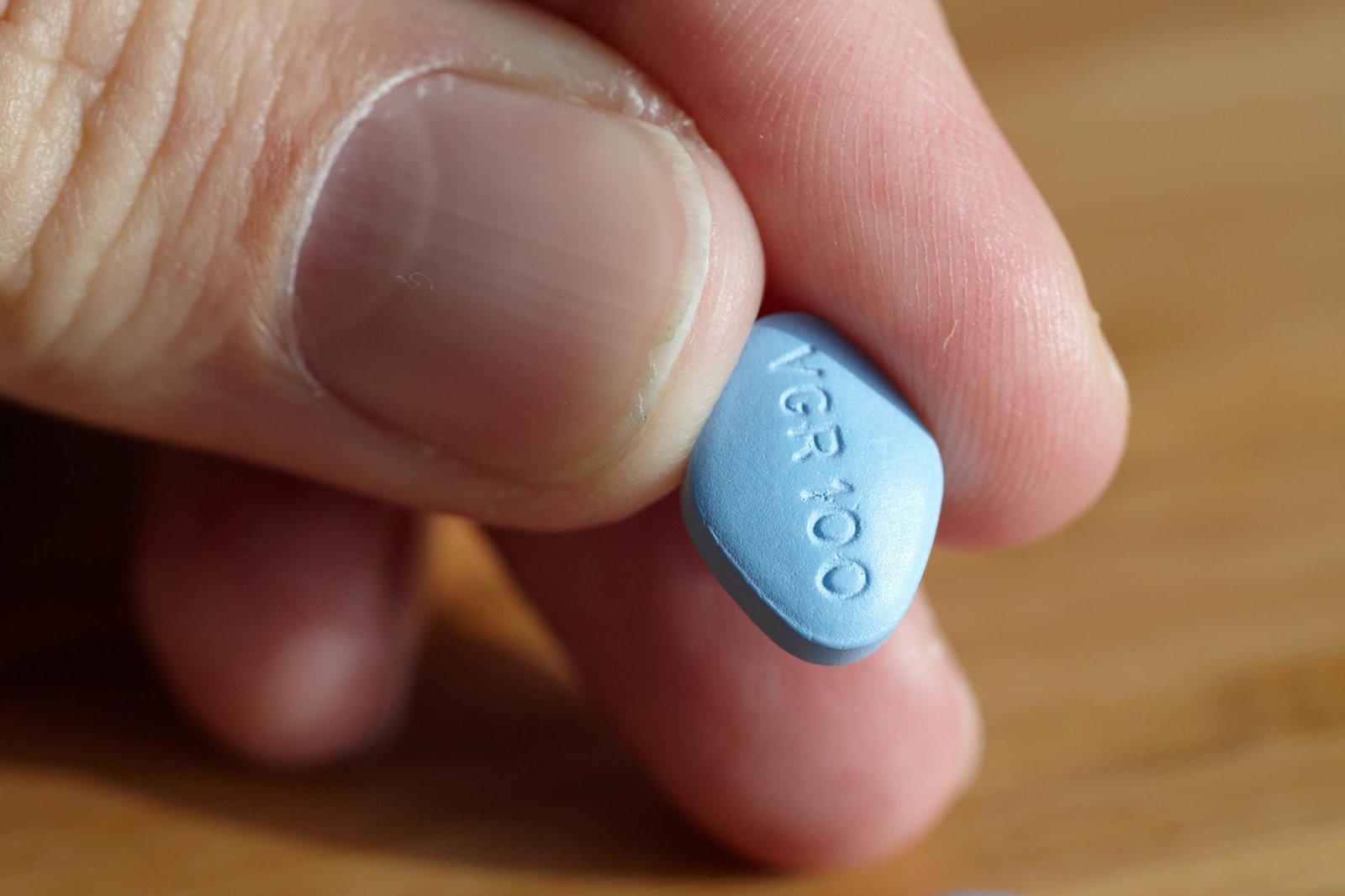CE marking is crucial for any medical device manufacturer aiming to meet these standards. It proves that a product meets European Union (EU) health, safety, and environmental protection requirements. Achieving this certification allows devices to be legally sold in the EU. Manufacturers often find the path to certification complex and time-intensive.
Manufacturers must follow strict protocols to achieve CE approval for medical devices. They can better prepare and streamline their approach by breaking down the process. This guide covers essential steps for manufacturers seeking to achieve compliance and confidently meet EU regulations.
1. Classify the Medical Device
The first step for manufacturers is to classify the medical apparatus accurately. The EU classifies devices based on risk level, which determines the requirements for CE marking. Categories range from low-risk devices, like bandages, to high-risk ones, like pacemakers. Each category has distinct evaluation processes. Correct classification is essential, as it affects the necessary documentation and steps to compliance.
2. Prepare Technical Documentation
Creating comprehensive technical documentation is a vital step toward CE marking. This documentation must demonstrate that the product meets all relevant EU requirements.
It includes detailed information on the design, manufacturing process, labeling, and intended use. Risk analysis, clinical data, and user manuals are also required. Having thorough technical documentation supports compliance and showcases safety and effectiveness.
3. Conduct a Conformity Assessment
After preparing the technical file, a conformity assessment must be conducted. This assessment evaluates the compliance with EU safety standards. Manufacturers may perform this assessment internally for low-risk devices.
However, higher-risk devices require a third-party assessment by a notified body. This assessment verifies that they meet necessary standards and helps to identify any issues before market release.
4. Address Safety and Performance Standards
Manufacturers must ensure the device meets essential EU safety and performance standards. These standards focus on patient and user safety, device reliability, and functionality.
Devices should undergo rigorous testing and validation to confirm their performance under various conditions. Manufacturers should address identified risks or weaknesses, adjusting the design or documentation as needed. Meeting these standards demonstrates readiness for the market.
5. Affix the CE Mark
Manufacturers can affix the CE mark to the apparatus once the conformity assessment is complete and compliance is verified. This mark indicates that the product has met EU safety, health, and environmental protection standards. The CE mark should be visible and durable on the device or packaging. Affixing the mark allows the product to be legally marketed in the EU, showing compliance to distributors, users, and regulators.
6. Create a Declaration of Conformity
The Declaration of Conformity (DoC) states that they comply with all applicable EU requirements. It serves as a formal declaration by the manufacturer and must be available to EU authorities upon request. The DoC should include information about the apparatus, the standards met, and the manufacturer’s details. This document and the CE mark complete the regulatory requirements for market entry.
7. Maintain Post-Market Surveillance
Achieving CE certification is not the final step; ongoing surveillance is crucial. Manufacturers must monitor the device’s performance, gathering data on its safety and efficacy after market release. Any adverse events or product updates must be reported to EU authorities. This post-market surveillance ensures the device meets regulatory requirements, enhancing user safety and supporting long-term compliance.
CE approval for medical devices opens the door to the European market. By following these steps, manufacturers can confidently navigate the certification process. Properly affixing the CE mark, creating a Declaration of Conformity, and ongoing surveillance solidifies compliance. For manufacturers, understanding this process supports safer, compliant products ready for the EU market.
ALSO READ: 9 Essential Social Media Strategies for Health and Wellness Brands










